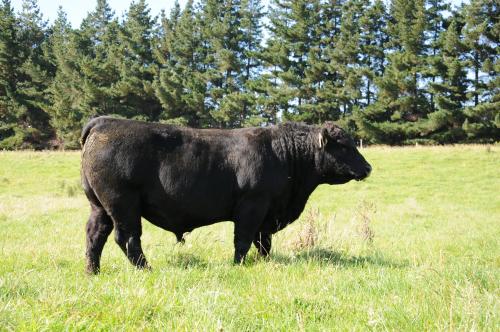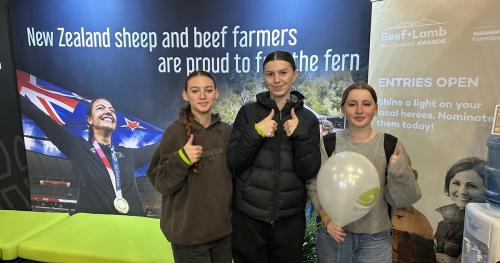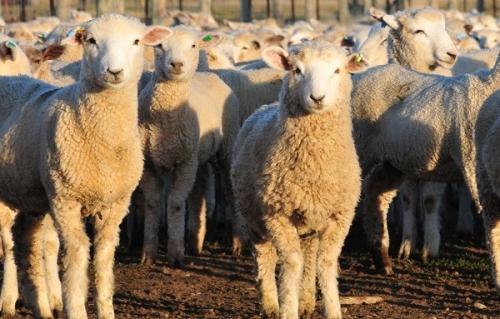Search results
Displaying 301 - 310 results of 980
- Podcast… Bob Thomson talk about the day-to-day management of bulls for beef production. …

- Factsheet… success calf rearing reduced costs using good management practices identified research … all facilities must have good drainage dry weather vehicle access unloading calves milk feeding pens should clean dry fresh bedding added regularly should …
- Factsheet… catchment specific solutions nutrient management different allocation regimes … differential nutrient losses between drystock mixed cropping farms other more … systems around 250 290 higher than sheep beef dry stock farms average use from dairy base …
- NewsCadet programmes are a fantastic option for aspiring sheep and beef farmers who want to gain hand-on experience while completing formal qualifications. You’re invited to Otiwhiti Station Land Based …

- NewsThe B+LNZ team talked with farmers at 2024 Mystery Creek Fieldays about our on-farm extension work, research, and efforts to boost sector …

- News… To help manage the situation, the Lanercost management team sought advice from … instead focus on monitoring and implementing management strategies to help manage parasite … present and when. Through the testing, the management team did get an understanding of …

- Other PDF… impact interventions would have using farmax management options were considered included … return normal after few years recovering from dry conditions ewe hoggets ahead where have … feed august progresses reassess once number dry hoggets known can look grazing options …
- Learning moduleCompleting this module will help you: Understand the value of Body Condition Scoring (BCS) and how to make it part of your farm practice Get to know the Body Condition Scoring scale and how to Body …
- Podcast… 2015 Red Meat Profit Partnership Farm Management Conference Call. …

- Factsheet… freely restrictions root growth surface crust dry tightly packed crumbs structure large … walk can result exhaustion injury may lack dry loafinglying areas exacerbating issue … result increased risk future pugging 8 stock management setstocking shifting regularly …